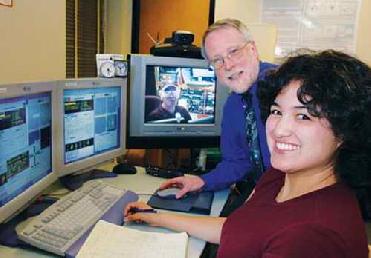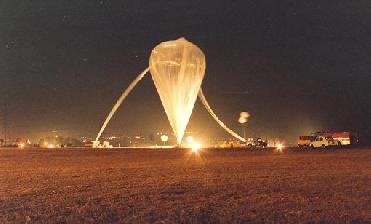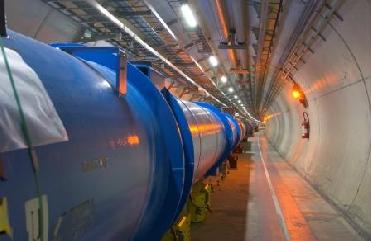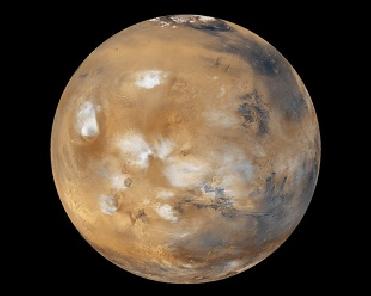
Professor Richard Binzel, and graduate student Cristina Thomas, are doing remote observing of asteroids using a NASA IRTF telescope in Hawaii that they are controlling from MIT. MIT photo
NEW YORK (BNS): An asteroid that whizzed past the Earth at a distance of just 41,000 miles, on March 2, was closely observed by MIT Professor of Planetary Sciences Richard Binzel.
Binzel said that this rock was actually much smaller than the one that hit Siberia in 1908.
He said that it was just 19 meters (about 60 feet) across and it would probably have disintegrated high in the atmosphere, with only a few small fragments making it to the ground. Binzel, on vacation at the Paris Observatory, decided to capture the observations of the fast-moving asteroid, helped by MIT planetary science alum Francesca DeMeo '06 SM '07, who is currently completing her doctoral research in Paris on a Fulbright scholarship.
The asteroid, called 2009 DD45, was initially estimated as between 20 and 40 meters across, was discovered just two days before its closest approach to the Earth.
Astronomers said that at the high end, that would have made it comparable to the devastating Tunguska bolide. In 1908, the Tunguska impact flattened trees over an 800-square-mile area in Siberia.
According to MIT, the asteroid’s close pass was on the opposite side of the planet from Paris, over the Pacific Ocean. However, this did not deter Binzel and his team to capture the observations by using a remotely controlled telescope in Hawaii. Following such a nearby encounter with a large telescope was a technical challenge, he said. Explaining the observations, Binzel said that the object was moving about 100 times faster than the 'normal' rate of objects one tracks as they cross the Earth’s orbit, all on account of its very close passage.
Despite that challenge, Binzel says that they all stayed on the target for about two hours, before sunrise in Hawaii and made the observations. “And it was well worth it, because this enabled detailed spectroscopic measurements that determined the object's composition, which matched that of an S-type asteroid -- the most common type. That, in turn, allowed a more accurate estimate of how reflective it was, essential to being able to determine its actual size based on measurements of its apparent brightness,” Benzel explained.
Speaking about the final calculations, Binzel said that they were made during the train ride home. “It occurred to me on the train that the 19 meter size was about the same as the train car I was riding in, except the asteroid was going much faster,” Binzel added.
 Next Article
Next Article












The Indian Air Force, in its flight trials evaluation report submitted before the Defence Ministry l..
view articleAn insight into the Medium Multi-Role Combat Aircraft competition...
view articleSky enthusiasts can now spot the International Space Station (ISS) commanded by Indian-American astr..
view article